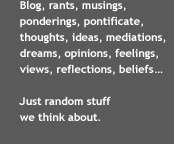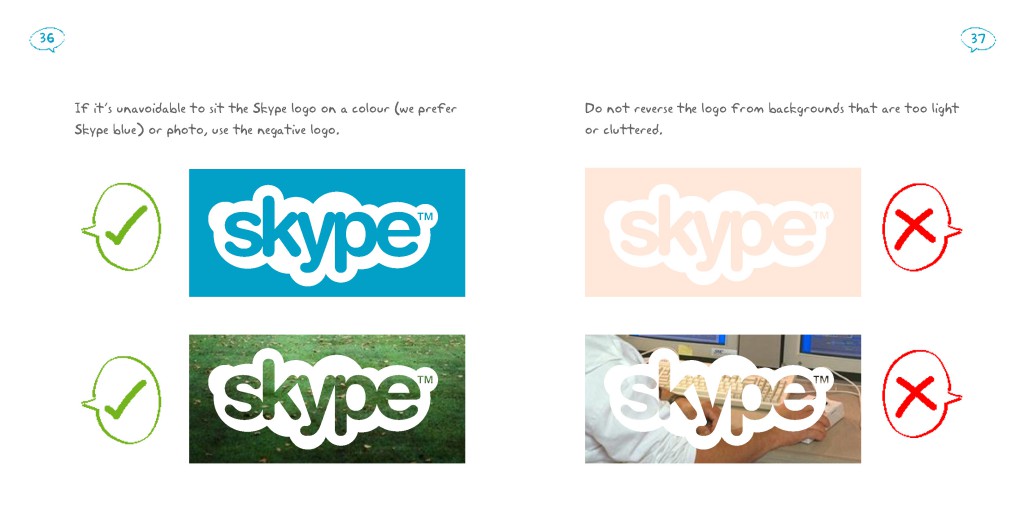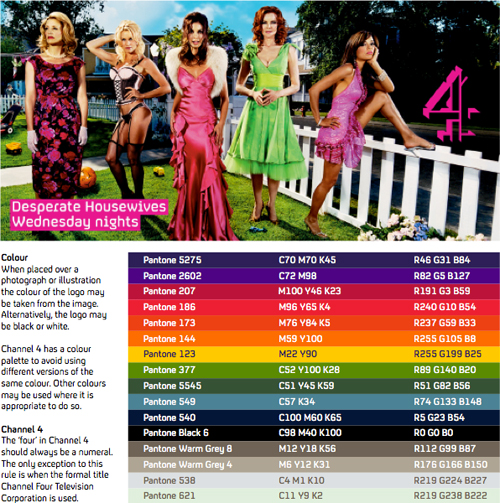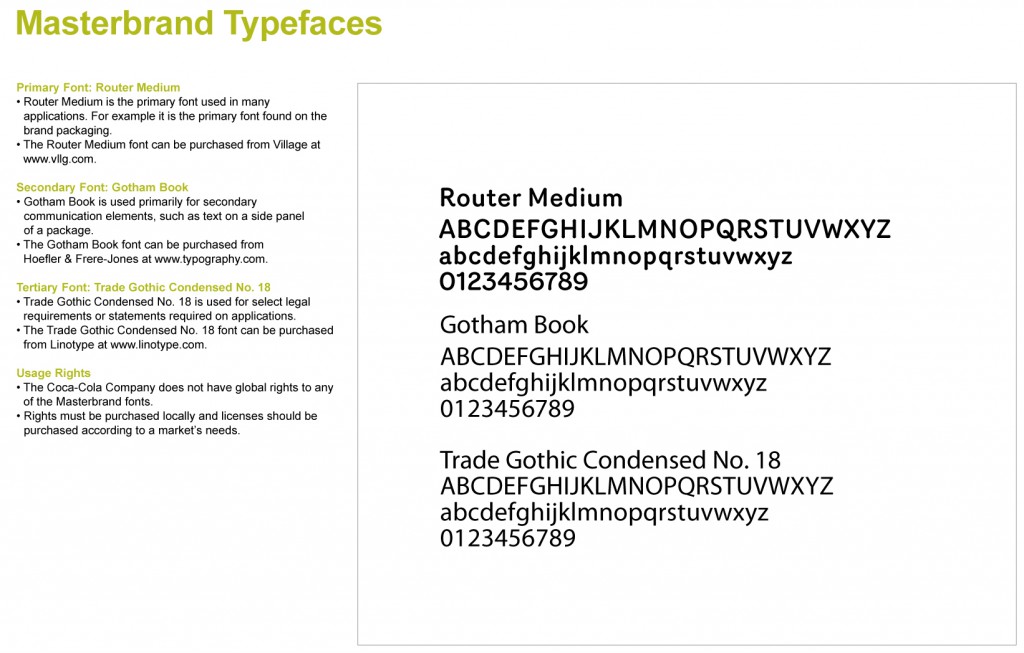
STYLE GUIDES
September 6, 2012
I’m sure you’ve heard the term Style Guide or Branding Guide by now and wonder if you need one for your company. In my opinion, they are always a good idea no matter if you’re a small or a large company. This guide will give anyone who is working with your brand clear guidance about how to maintain consistency in the identity that you (and your designers) have worked so hard to create.
Why should you create a style guide?
• You’ll have an easy guide to refer to when handing over a project.
• It conveys professionalism. They’ll know you did everything for a reason.
• You maintain control of the design.
• It forces you to define and hone your style, making for a more cohesive design.
So… What should you include?
1. A strategic brand overview:
This should be short and sweet. In as few words as possible, make clear the vision for this design and any keywords people should keep in mind while designing.
2. Logos:
Your brand likely revolves around the logo, so make sure you provide logo variations and clarify minimum sizes that the logo can be viewed.
Also, define the correct and incorrect usages of the logo. You need to give restrictions to ensure that no one distorts or warps that beautiful icon until it becomes unrecognizable.
3. Colors:
You should establish a color pallet with primary colors and complementary colors for your brand. These will be the obvious colors of your logo, and also examples of vibrant or subtle, sepia or saturated. Make it clear what visual impact you want with your brand.
4. Fonts:
You’ll need to define the typefaces to use: sizes, line height, spacing before and after, colors, headline versus body font, etc. Make sure to include Web alternatives for non-Web fonts. You’ll need to provide these fonts to any designers that will be working on any of your company materials.
So as you see, there is a lot that goes into creating and/or rebranding an identity. Making sure that the necessary time and thought are put into establishing the proper guidelines now will help prevent design disasters in the future.








